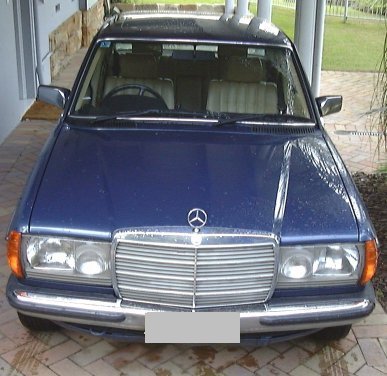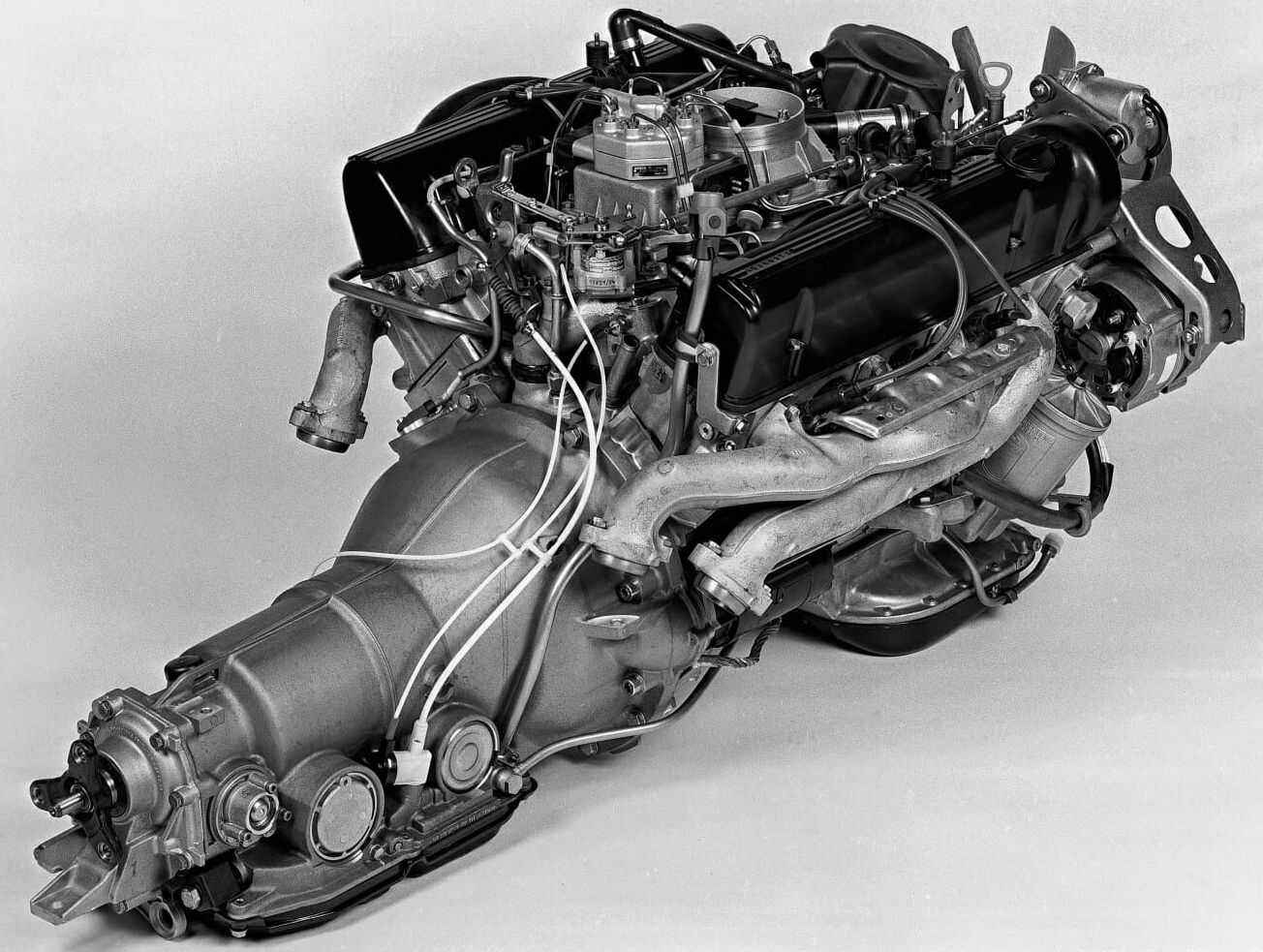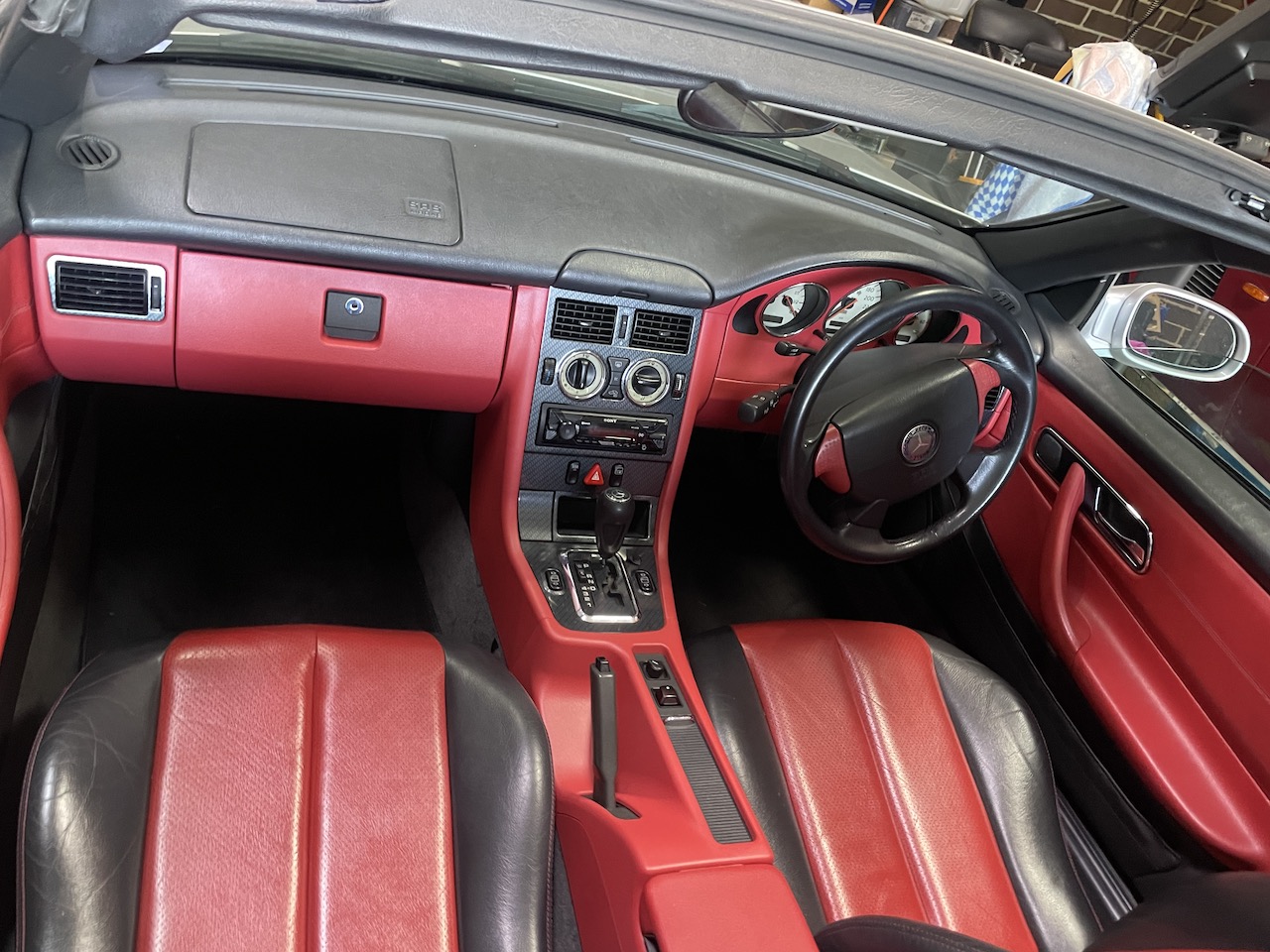M272 Camshaft adjuster replacement
I really dislike the check engine light. To me its an altogether silly concept given the digital dashboards cars are equipped with. It can mean anything from a loose fuel cap to a destroyed engine, so consequently people just ignore it. Modern cars know a whole lot more about what is wrong with them. Instead of posting a reasonable error message on the dash read out, like they do for a blown bulb, you get the check engine light. My wife’s E350 had the light come on a few weeks ago. You could also tell that the engine wasn’t as lively – it would bog down from time to time.
I got out my scan tool to work out what was wrong. The main code that seemed relevant was P0016. This was complaining about the correlation of the crankshaft and camshaft positions. There was a more detailed one that indicated the right cylinder bank was too retarded. The M272 camshaft adjuster is a known problem on these cars. Apparently the part has been upgraded since the engines were new. It is also the same system on the M273 V8 engine.
From what I read, the M272 and M273 engines use these magnetic camshaft adjusters to control the variable valve timing. They obviously contribute to the good power these engines make for their size as I could notice the difference with three cylinder retarded.
Its not a big job to change these out, at least on the V6. I would imagine the v8 is also pretty easy, just a bit less room. FCP Euro sell a kit which includes the four genuine M272 camshaft adjuster units as well as some other parts to do the job. All the instructions I found on the internet assume that the oil cooler and power steering reservoir must be removed to get at the adjusters on the left hand side of the car. I also found a video that indicated that the oil cooler could be left in place if the job was done with an E8 Torx spanner rather than a socket. As well as the kit, I also ordered a set of Torx spanners.
This spanner was a really good tip. I used it quite a lot and found that I didn’t even need to remove the power steering reservoir. This made the job a lot simpler. I started on the harder left hand side. The first thing to do is to disconnect all four M272 Camshaft adjuster units. There is a grey locking tab that must be pushed up carefully with a flat heat screwdriver. Then, to actually release the connector you need to push down around this locking tab. I also found it easier to remove all four connectors to the camshaft position sensors. Mine were quite brittle and the two that still had locking tabs don’t anymore. Also, to get to the upper adjuster on the left hand side, I had to remove the corresponding position sensor.
Once you’ve done the hard side, the other side is really easy. There is almost nothing in the way of these bolts.
Each of the M272 Camshaft adjuster units is held on with three E8 torx bolts. I found the only a couple of them could easily be removed with a socket and the E8 spanner was really useful. As I mentioned above, the spanner meant I didn’t need to remove the oil cooler or even the power steering reservoir.
The old sensors were quite dirty. For an engine that has only 172,000km and has been maintained as per the factory service recommendations, there was more sludge on them than I would like. I think perhaps the manufacturers have stretched out the oil change intervals too long. This sounds good for buyers as it makes them appear to be cheaper to run, but the idea of a modern Mercedes being cheap to run is laughable. A couple more oil filters and a bit more oil would be a drop in the ocean compared to the real cost of these cars.
This job is quite simple and easy for home DIY.































































1 Response
[…] the correlation of the camshaft and the crankshaft on one bank. I had previously changed the magnetic actuators, which temporarily fixed the problem. If the car didn’t sit outside the engine numbers […]